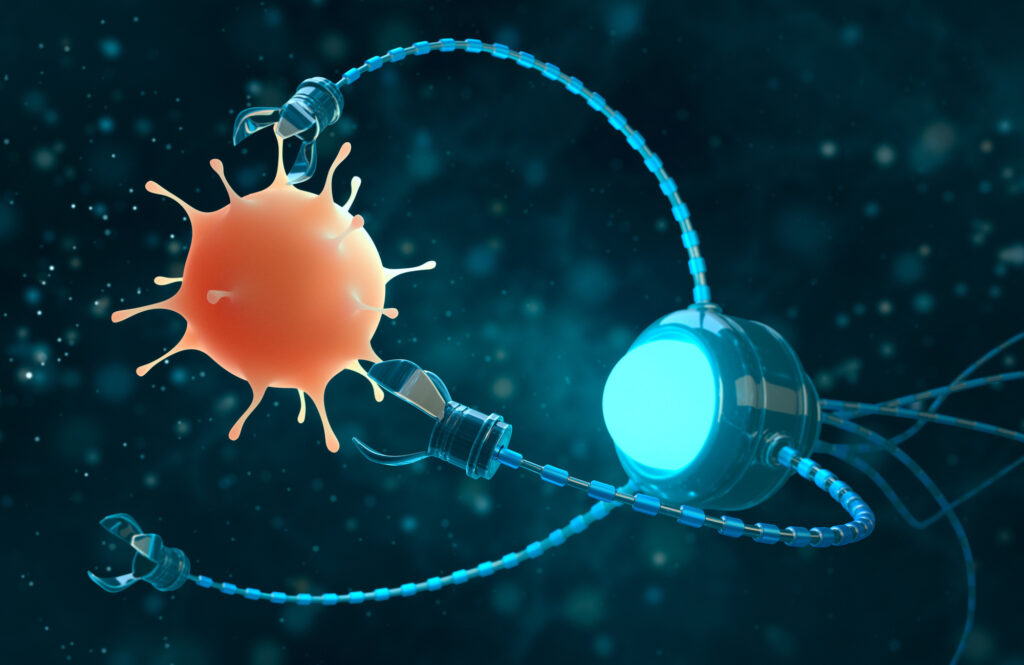What is the motivation behind opting for tiny robots to tackle infections?
Koo: Treating biofilms is a broad yet unresolved biomedical problem, and conversely, the strategies for tackling biofilms are limited for a number of reasons. For instance, biofilms typically occur on surfaces that can be tricky to reach, like between the teeth in the oral cavity, the respiratory tract, or even within catheters and implants, so treatments for these are usually restricted to antibiotics (or antimicrobials) and other physical methods reliant on mechanical disruption. However, this touches on the problem of antimicrobial resistance: targeting specific microorganisms present in these structures is difficult, so antibiotics often fail to reach and penetrate the biofilm’s protective layers, leading to persistent infections and increased risk of antibiotic resistance.
We needed a way to circumvent these constraints, so Ed and I teamed up in 2017 to develop new, more precise and effective approaches that leverage the engineers’ ability to generate solutions that we, the clinicians and life science researchers, identify.
Steager: Small scale robots present a way to treat, disrupt and remove biofilms by directly targeting the sites of infection, and they also offer new means of retrieving microbial samples and subsequently diagnosing other conditions. The integration of microrobotics into healthcare signifies a paradigm shift in how we approach medical treatments, promising more efficient and less invasive options. We’re happy to see that this trend has gained momentum in the last five years since our first publication, driven by technological advancements and interdisciplinary collaborations like ours.
This story was written by Nathi Magubane. To read the full interview, visit Penn Today.

